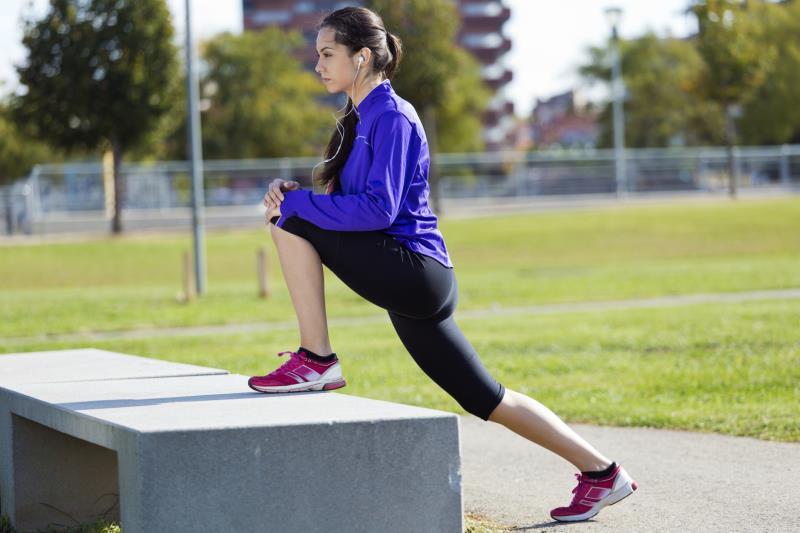Most fitness experts agree that stretching, among other practices, is important to your overall health and fitness. It improves your flexibility, it’s relaxing, and it increases the strength potential in your muscles. But there is one thing that experts can’t seem to agree on. Should you stretch before or after your exercise routine? We will break down the pros and cons of stretching before and after exercise so that you can decide once and for all where stretching belongs in your workout routine.
Pros to Stretching Before
It is important to warm up your muscles before exercise to reduce your risk of injury. Stretching can help relax your body and get you mentally prepared for the workout ahead, which in turn can lead to a safer workout because you are more mentally present throughout your routine.
Stretching before your workout can also increase your range of motion, which can be important depending on the sport you are involved in. For example, if you are a gymnast or a dancer, then you will see more benefits than a weightlifter or a runner.
Cons to Stretching Before
The problem with stretching beforehand is that static stretching doesn’t do much to warm up cold muscles, and therefore doesn’t affect your risk of injury either positively or negatively. If you enjoy stretching before a workout and find it relaxing, then it probably isn’t hurting you, but it doesn’t particularly help you either.
The best way to warm up cold muscles is through dynamic movements. That means light cardio and dynamic stretches–fluid and constant movement instead of sitting and holding a stretch for several seconds at a time. Your muscles will be stronger and much more pliable for the workout ahead.
Pros to Stretching After
Static stretching is most effective when your muscles are warm because you can reach farther and hold your poses for longer without hurting yourself. When you capitalize on the few minutes after a workout, you can more effectively increase your flexibility. This has benefits inside and outside of the gym since your muscles are looser and less tense.
Stretching after a workout is also important because it helps bring your heart rate back down to a resting rate. It helps you feel more in touch with your body and gives you a moment to assess any tightness or soreness. Finally, it smooths the transition from finishing your workout to getting back to your day.
Cons to Stretching After
Most people who stretch after exercise do so to minimize muscle soreness the next day. Unfortunately, the research suggests that stretching actually does very little to prevent muscle soreness. If you push yourself too hard during your workout, you are going to feel sore a day or two later no matter how much stretching you do afterward.
The Bottom Line
The most important thing is that you take the time to work on your flexibility. If you want to incorporate stretching into your warm up, your best bet is dynamic, moving stretches that warm up your muscles and start to get your heart rate up. Especially for those who spend endless amounts of time either working behind a computer screen or playing games online, stretching is an important part of keeping yourself in good fitness. Static stretching is best reserved for the end of a workout when your muscles are at their most pliable and you need to bring your heart rate back down.































No Comments
Leave a comment Cancel